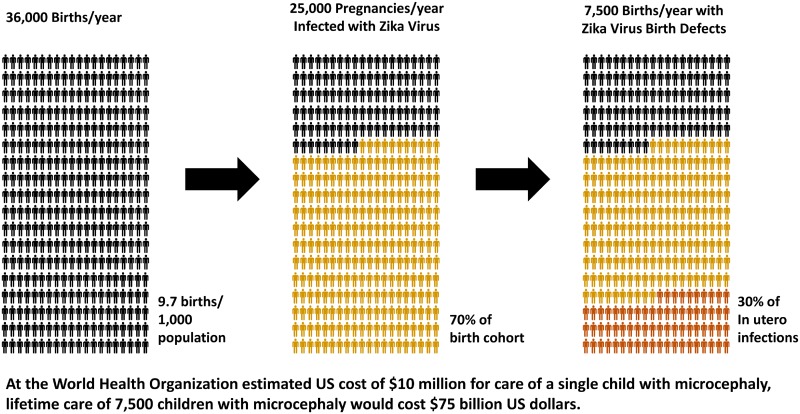Fig 1. Projected teratogenic impact of maternal ZIKV infection on 2017–2018 birth cohort, Puerto Rico.
For illustration purposes, the potential impact of unencumbered ZIKV spread through Puerto Rico on the cumulative one-year incidence of ZIKV-associated birth defects has been estimated and graphically summarized. Birth defect rate is based on preliminary data involving defects visible by in utero ultrasound examination from Brazilian (Rio) prospective pregnancy cohort study [38]. Final seroconversion rate of 70% is based on seroconversion observed with prior island outbreaks in Yap and French Polynesia [51,52]. Annual birth cohort for Puerto Rico is approximated as 36,000 infants, a number which presumes that the incidence of pregnancy is not impacted by anticipated risk of ZIKV infection or public health policy recommendations. Total birth defect rate associated with intrauterine ZIKV infection in Northern and Central Brazil is currently not determined and may exceed 30% of all Zika-infected pregnancies. WHO estimates of the US costs of caring for a single child with microcephaly are as high as $10 million [54]. 75 billion US dollars = US$75,000,000,000.

